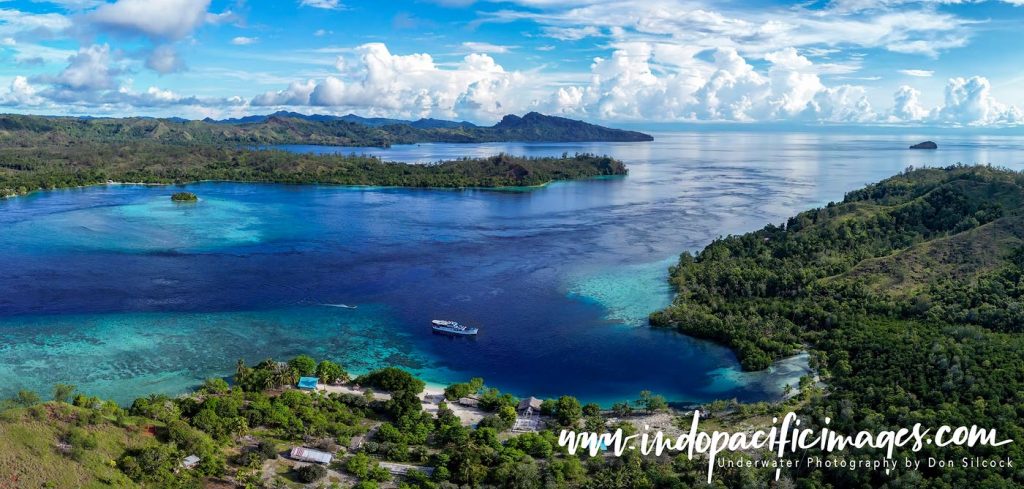
Where to dive in the Solomons… Located at the eastern tip of the renowned Coral Triangle, the Solomon Islands stretch across a long chain of beautiful tropical islands. Which are surrounded by the deep trenches of the Pacific Ocean to the northeast and the Solomon Sea to the south.
For divers, the Solomon Islands offer two unforgettable experiences: pristine reefs teeming with marine life and an extraordinary concentration of WWII wrecks that serve as poignant reminders of the country’s wartime role.
With over 900 islands spread across two main archipelagos, the Solomons are an integral part of the Coral Triangle — the global epicenter of marine biodiversity.
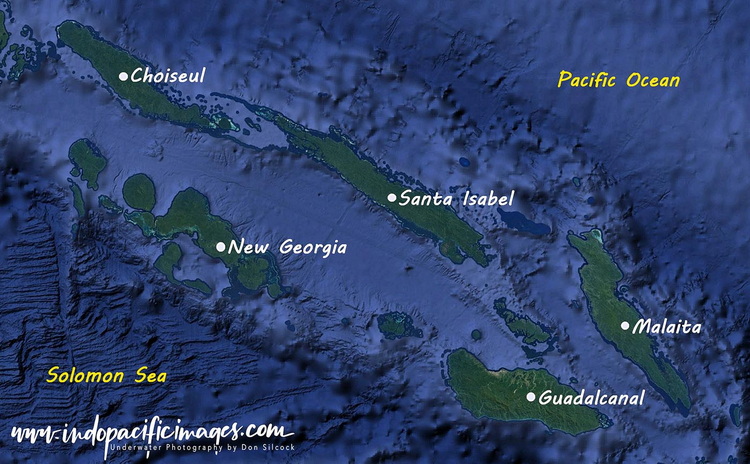
If you’re planning a trip and wondering where to dive in the Solomons, this guide highlights the best regions, dive sites, and experiences across the country.
Why Dive the Solomon Islands?
Unlike other Coral Triangle destinations, the Solomon Islands owe their intense biodiversity not to the Indonesian Throughflow, but to the powerful equatorial currents and countercurrents that sweep through their twin archipelagos. The result is nutrient-rich waters that support thriving coral reefs, pelagic encounters, and some of the richest wreck diving in the world.
Where to Dive in the Solomons Islands – WWII Wrecks
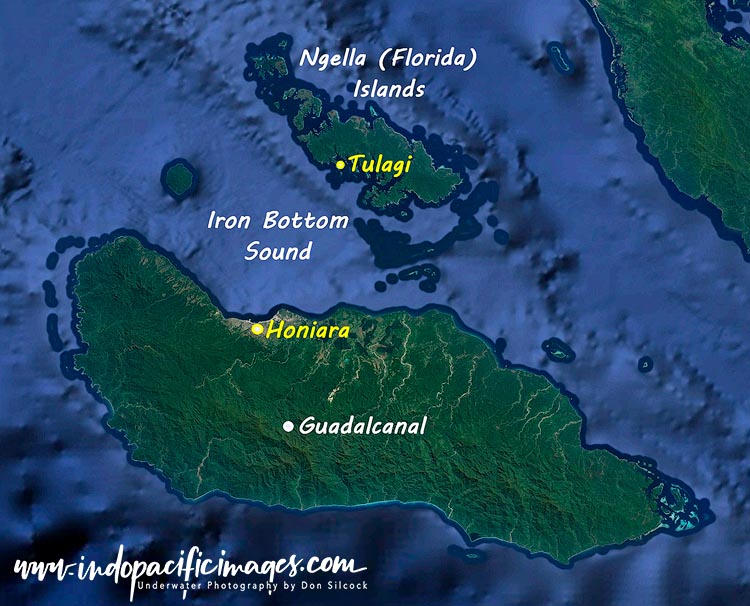
Following their attack on Pearl Harbor in 1941, the Japanese quickly moved to secure the western Pacific.
Papua New Guinea became their main base, but the strategically important Solomon Islands were next.
Airstrips were established across the islands, Tulagi was seized in May 1942, and Guadalcanal in June.
When the tide turned after the US victories in the battles of the Coral Sea and Midway, the Solomon Islands became a focal point of brutal, prolonged fighting that lasted until 1943.
Thousands of men, ships, and aircraft were lost. So many wrecks sank in the waters north of Honiara that the area became known as Iron Bottom Sound.
Today, many of those wrecks lie within recreational and technical diving depths, making the Solomons one of the world’s premier WWII wreck diving destinations.
Where to Dive in the Solomons Islands – Main Diving Regions
The Solomon Islands cover nearly 650,000 km², roughly the size of France, although only 4% is land. With vast, unexplored waters, most diving focuses around Honiara, Iron Bottom Sound, the Russell and Florida Islands, Marovo Lagoon, Gizo, and the increasingly popular Papatura.
Diving Logistics
Land-Based Diving: Available at Uepi Island in Marovo Lagoon, Gizo in the Western Province, Papatura Island, and Munda (reopened in 2025).
Liveaboards: Two excellent options operate from Honiara — Bilikiki (since the 1980s) and Solomons Master. Both run flexible itineraries, focusing on the Florida and Russell Islands plus the Marovo Lagoon. Solomons Master also offers “Wreck Week” and occasional technical diving itineraries.
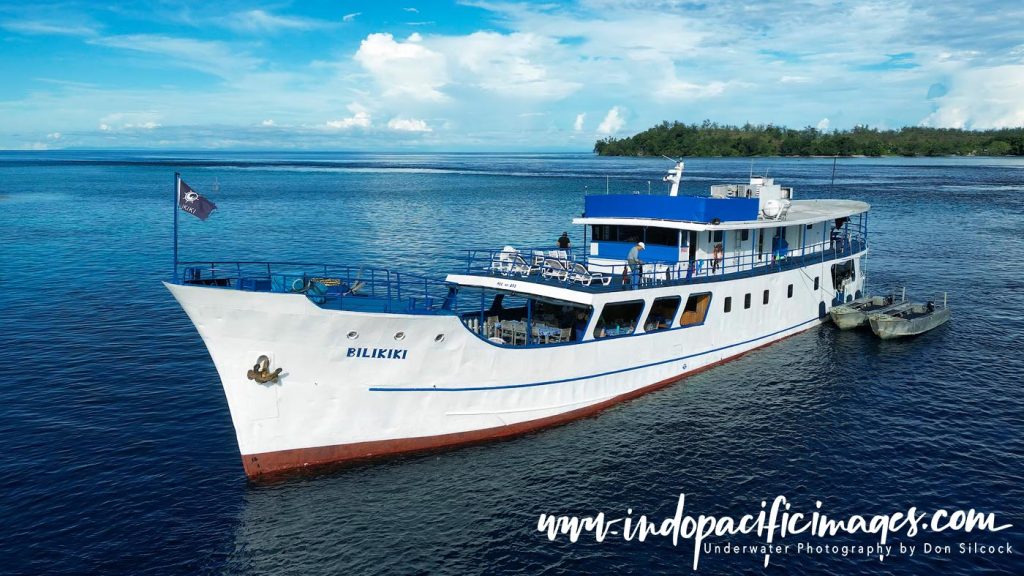
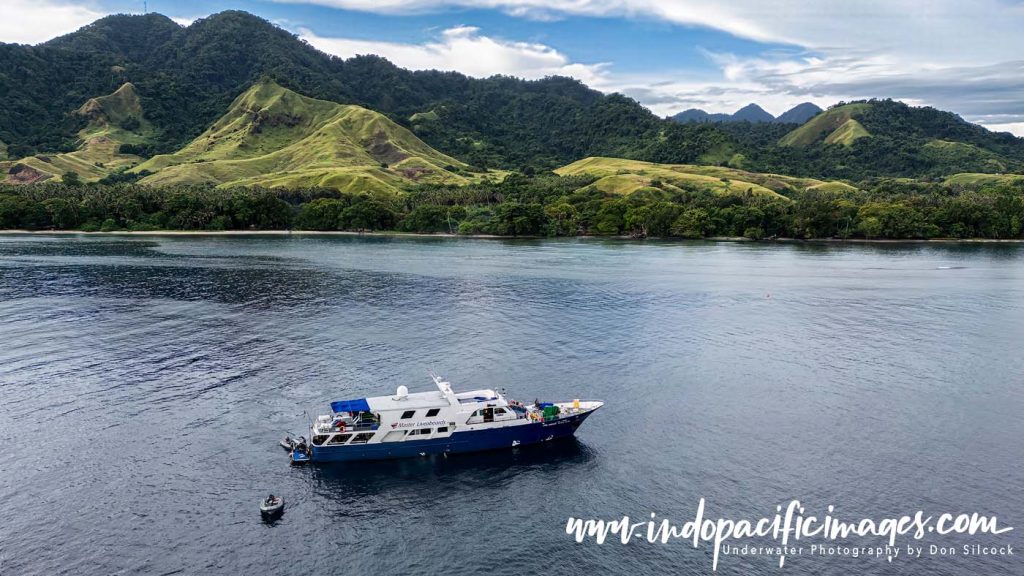
Where to Dive in the Solomons Islands – The Florida (Nggela) Islands
Located between Guadalcanal and Malaita, the Florida Islands are rich in WWII wrecks, reefs, and macro life. Once a major Japanese seaplane base, Tulagi became the scene of fierce battles. Today, the area is only dived by liveaboard, but the wrecks and reefs are spectacular.
HMNZS Moa: A Bird-class minesweeper sunk in 1943, now resting in 40m with its 4” bow gun, propeller, and depth charge racks intact.
Catalina Wreck: A US seaplane lying upright at 34m, still with machine guns and scattered ammunition.
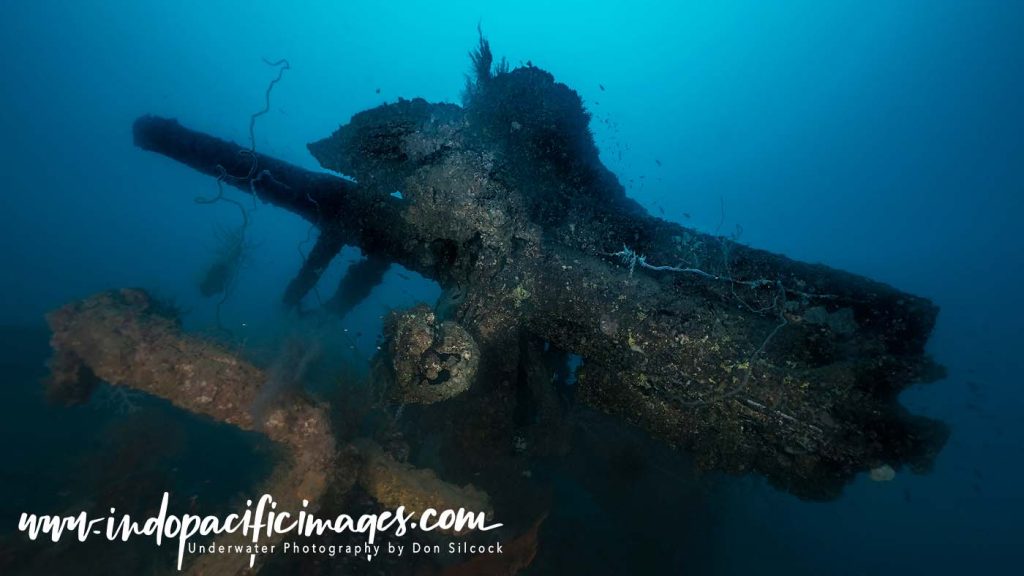
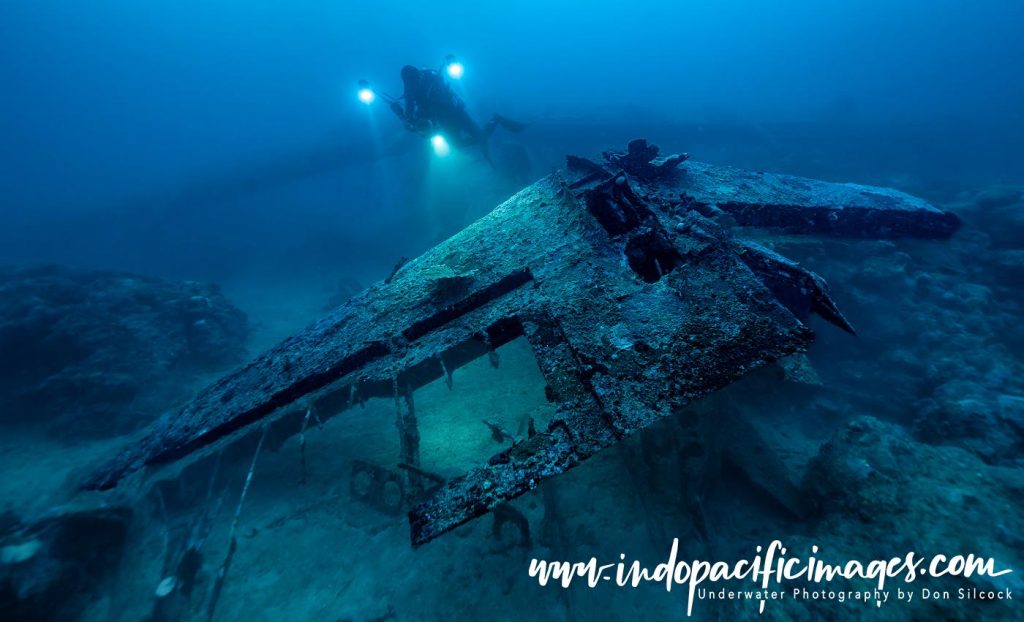
Mavis Seaplanes: Two large Japanese Kawanishi H6K “Mavis” flying boats, remarkably intact despite being destroyed in a dawn raid.
Maravagi Bay: A sheltered reef and wreck site with resident batfish, giant clams, and rich macro life — especially photogenic in late afternoon light.
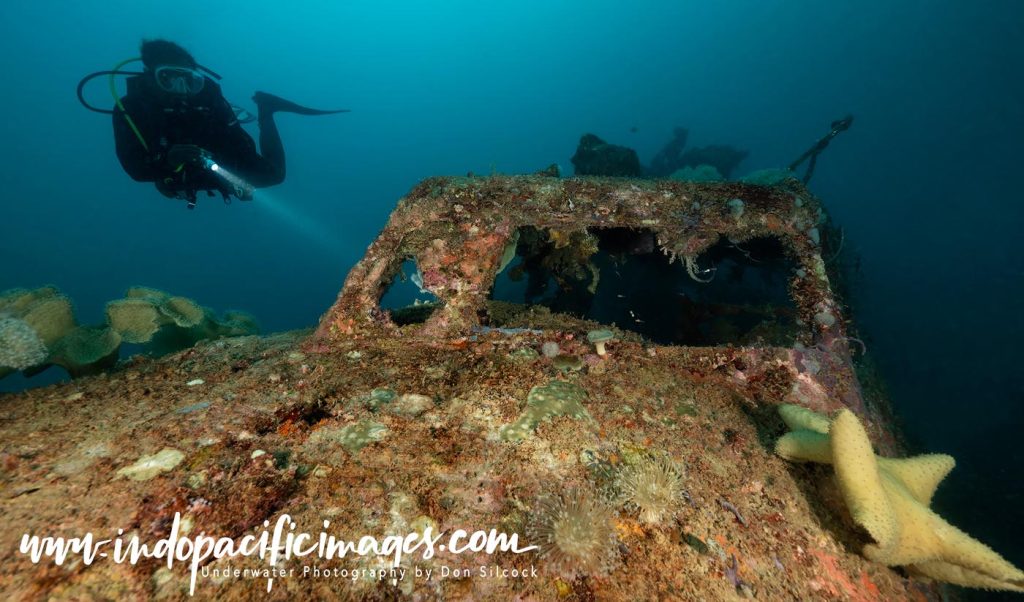
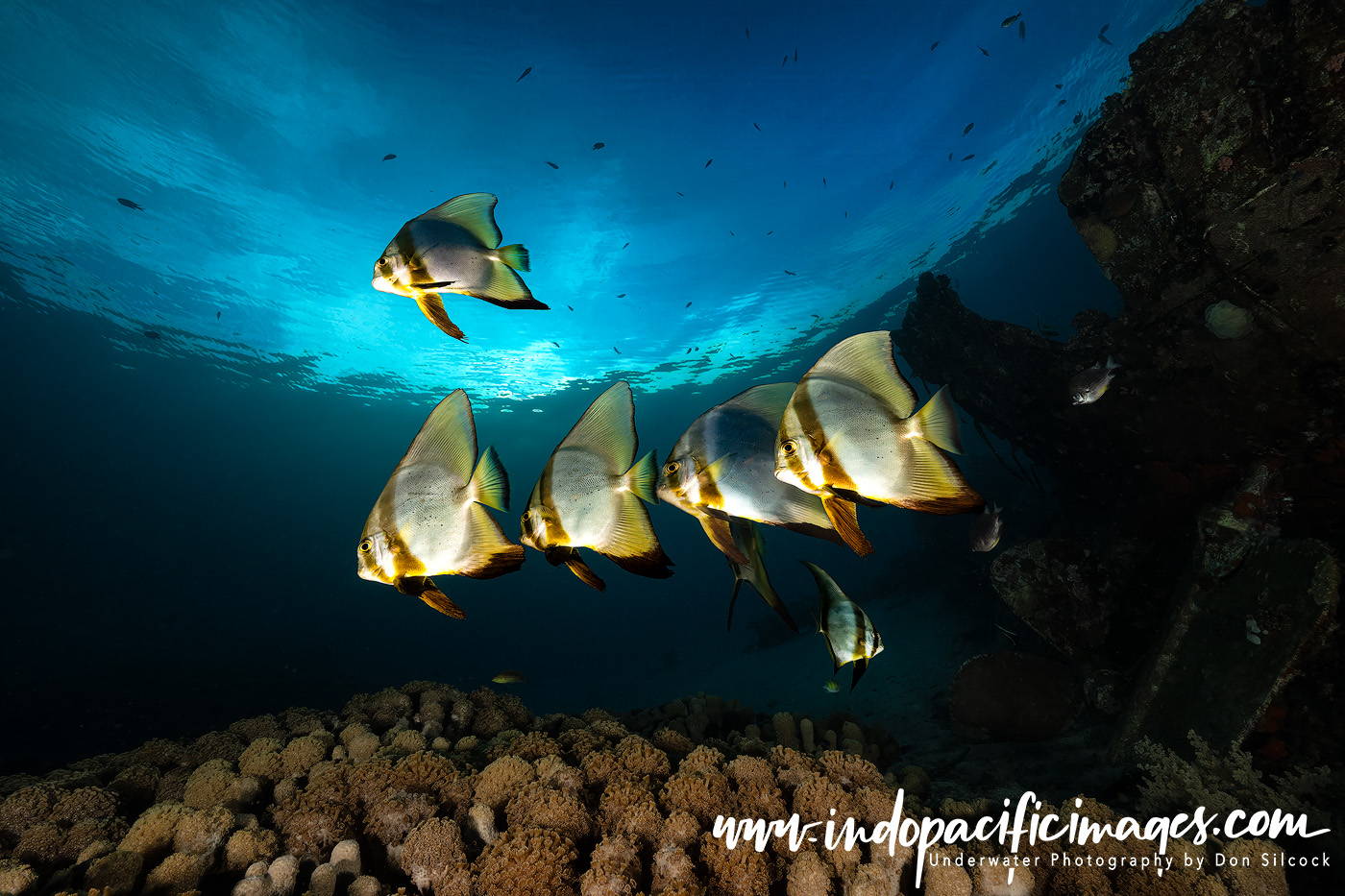
Where to Dive in the Solomons Islands – The Russell Islands
Northwest of Honiara, the Russell Islands were a key Allied staging ground. Today they offer a fascinating mix of WWII relics and thriving reefs.
White Beach: A WWII dumping ground transformed into a vibrant artificial reef, littered with jeeps, trucks, tractors, barges, and even Coca-Cola bottles. Depths range from 5–30m.
Karumolun Point: A community-protected reef bursting with soft corals, sponges, and marine life, including barracuda, jacks, and reef sharks.
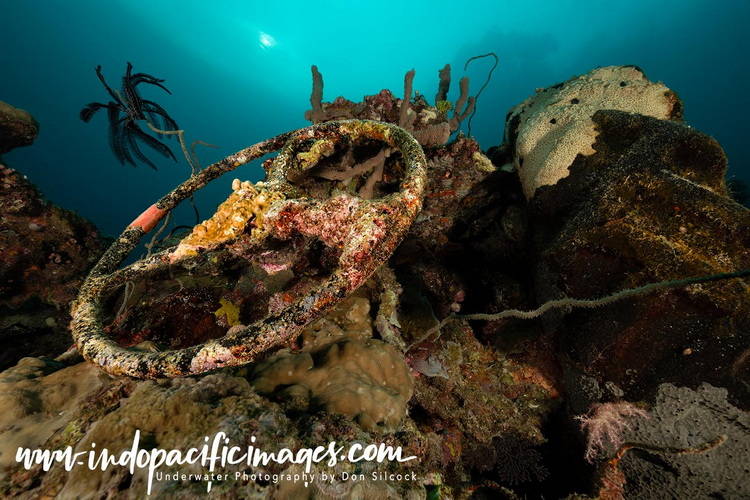
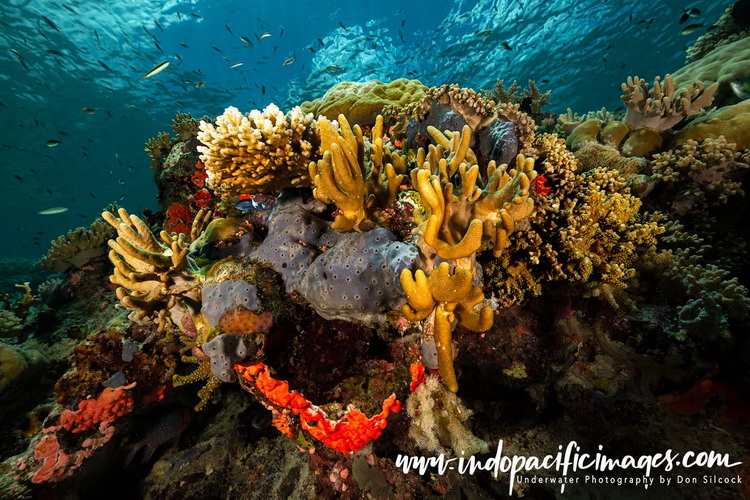
Where to Dive in the Solomons Islands – Marovo Lagoon
At over 700 km², Marovo Lagoon is the world’s largest saltwater lagoon, surrounded by raised barrier reefs and volcanic islands. Its northern sites are accessible from Uepi Island, while the southern sites are best explored by liveaboard.
Uepi Point: A thrilling drift dive on the outer edge where the lagoon meets New Georgia Sound (the WWII “Slot”), with pelagics, sharks, and massive sea fans.
Kicha: A pristine hard coral wonderland teeming with fish.
Mbulo Caves: Sunlit caverns and swim-throughs creating magical underwater scenes.
Wickham Island: Colorful soft corals, sharks, rays, and macro life like pygmy seahorses and cuttlefish.
Iwami Maru: A WWII Japanese cargo vessel draped in black coral, complete with deck gun.
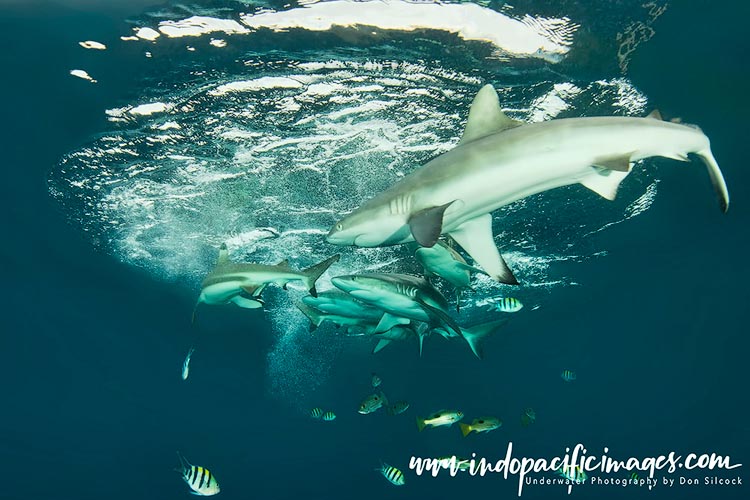
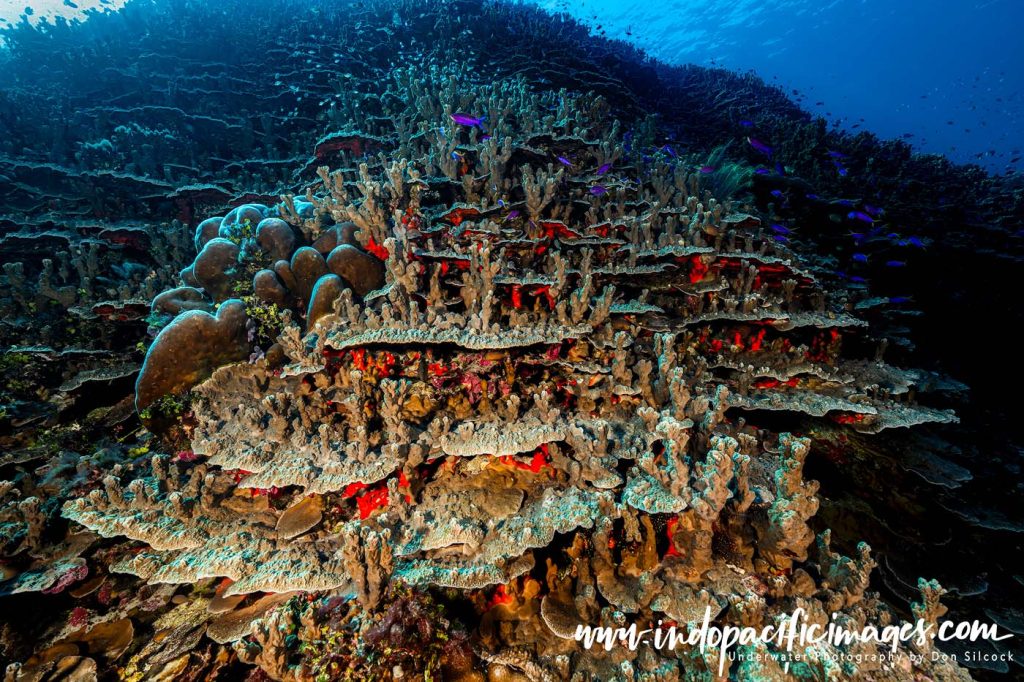
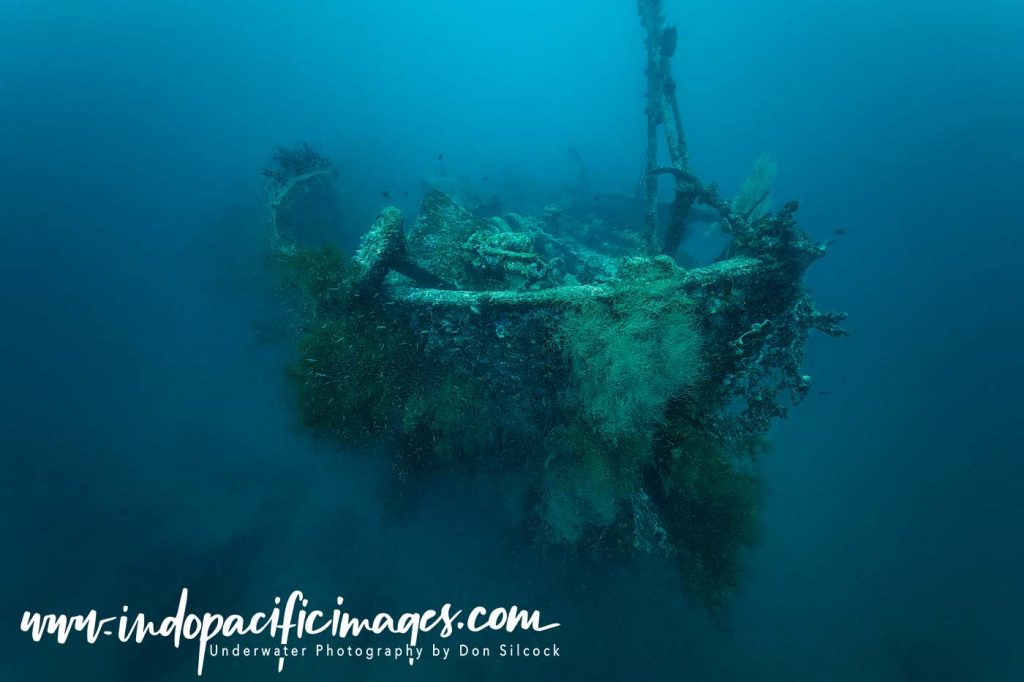
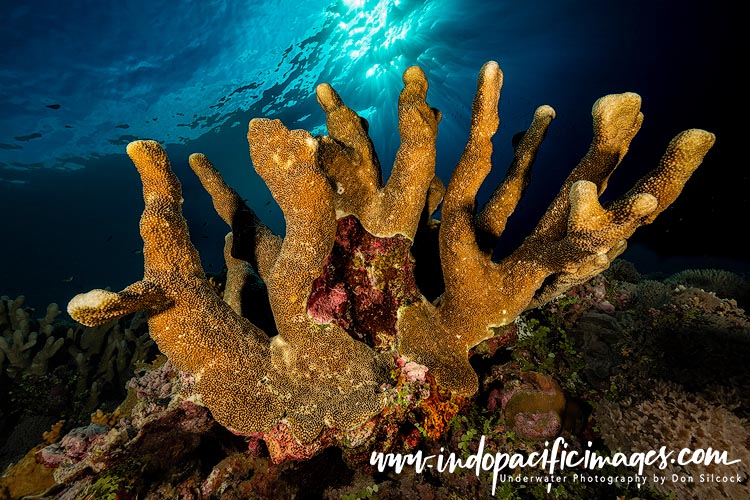
Where to Dive in the Solomons Islands – Gizo
The capital of the Western Province, Gizo offers both spectacular reefs and accessible wrecks.
Grand Central Station (Njari Island): One of the Solomons’ most famous dive sites, known for big fish action and biodiversity.
Toa Maru II: A 140m Japanese transport ship lying on its starboard side between 7–37m, offering easy penetration and endless detail.
Grumman Hellcat Fighter: An intact WWII fighter in just 12m of water, perfect for underwater photography.
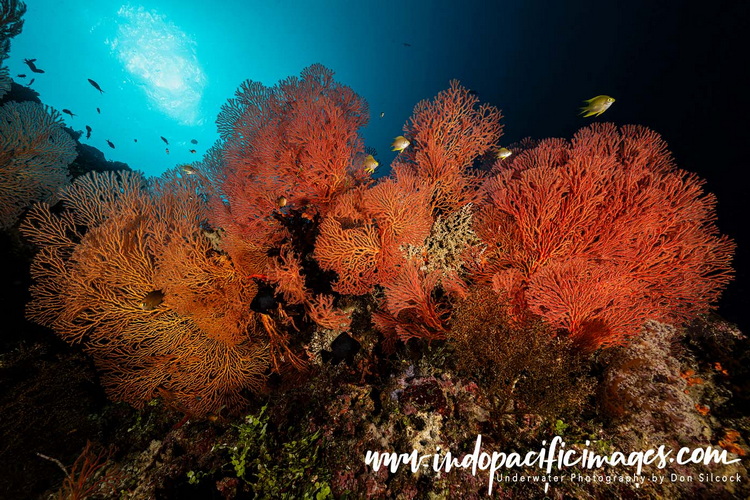
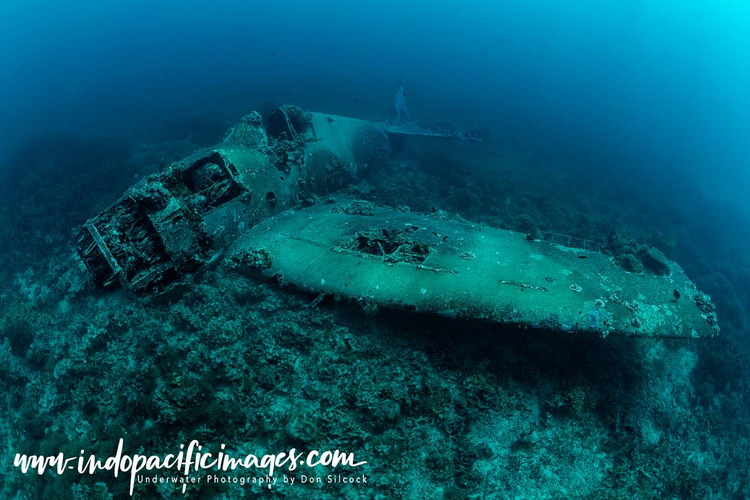
Where to Dive in the Solomons Islands – Papatura
On Santa Isabel Island’s northwest coast, Papatura is swept by nutrient-rich equatorial currents, feeding vibrant reefs, drop-offs, and pelagic encounters. Divers regularly see reef sharks, eagle rays, barracuda, and trevally.
Highlights include:
Douglas SBD Dauntless: An upright, intact WWII aircraft at 30m, an excellent wreck dive.
Dramatic Fringing Reefs: Covered in sponges, sea whips, and black coral trees.
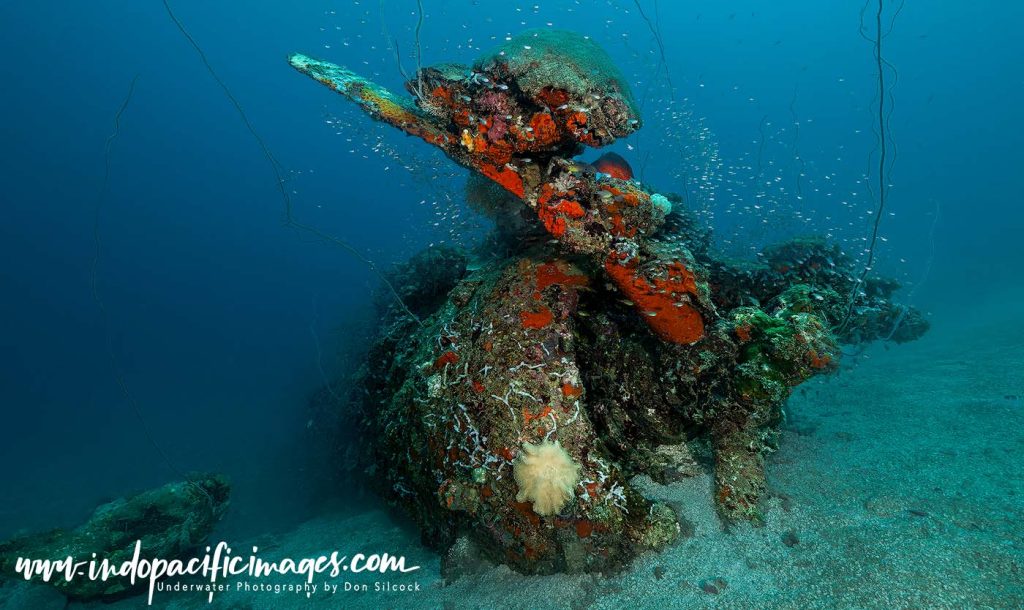
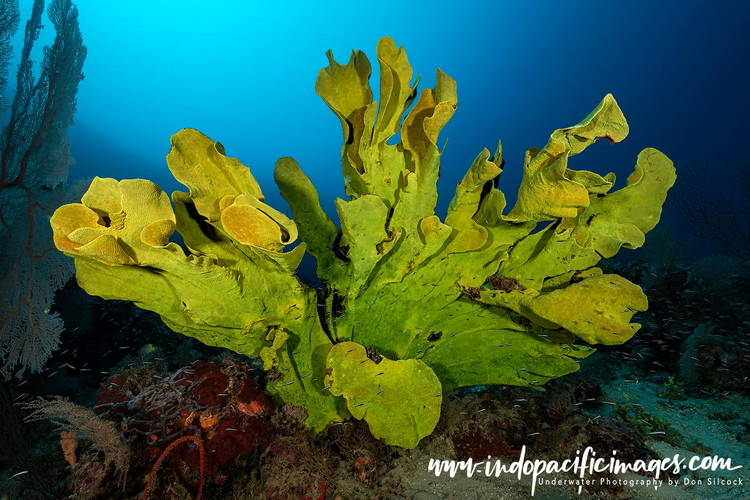
When to Dive the Solomon Islands
Diving is possible year-round, but the best conditions are typically from April to November when seas are calmer and visibility is excellent. Water temperatures average 27–30°C (81–86°F).
Where to Dive in the Solomons Islands – In Summary
The Solomon Islands remain one of the South Pacific’s last great frontiers for divers. With an unparalleled mix of WWII wrecks, pristine reefs, and remote adventures, they offer something truly special.
Whether you join a liveaboard to explore Iron Bottom Sound, the Russell and Florida Islands, or base yourself at Uepi, Gizo, Munda, or Papatura, the experience will be unforgettable.
If you’re wondering where to dive in the Solomon Islands, the simple answer is everywhere — from the history-laden wrecks to the breathtaking reefs, the diving here is hard to beat.
